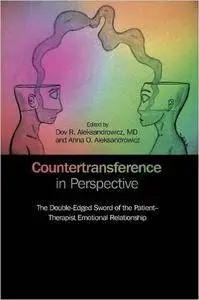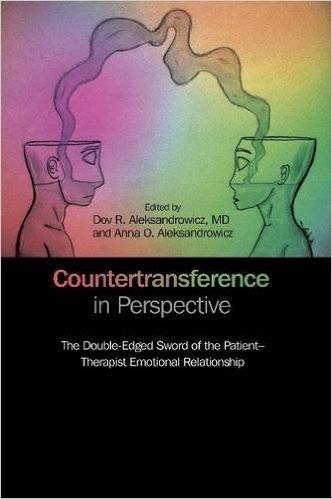Dov R. Aleksandrowicz and Anna O. Aleksandrowicz, "Countertransference in Perspective: The Double-Edged Sword of the Patient-Therapist Emotional Relationship"
English | ISBN: 1845197917 | 2016 | 240 pages | EPUB | 1 MB
English | ISBN: 1845197917 | 2016 | 240 pages | EPUB | 1 MB
In psychoanalysis the term "countertransference", coined by Freud, describes the complex emotional relation between therapist and patient. The term is nowadays used in a broad sense, referring to the entire range of emotions experienced by the therapist/analyst covering many types of therapeutic process. Today's mental-health practitioners are called upon to deal with a wide variety of challenges, some of them highly emotionally-charged, such as child abuse, gender identity or catastrophic loss. This book comprises three main parts: Part I – The History of Countertransference; Part II – The Clinical Challenge and Part III – The Biological Roots of Counter- transference. After essays in Part I introducing the subject and the history of the concept, as reflected in the classic literature (Kernberg, Heimann, Searles, Balint and Main), Part II presents a range of clinical challenges, analysed by contributor colleagues with extensive experience in these and similar issues. It also addresses Holocaust survivor issues, and child survivor experiences of the Nazi euthanasia programme. The study of counter-transference, like other psychoanalytic issues, has recently become enriched by the striking advances in the study of the living brain and of animal behaviour (the published works of Panksepp, Hoffer). Part III engages with recent findings regarding the biological roots that have implications for the understanding of counter-transference. A Summary to the volume presents the overall conclusions to the findings presented in the three parts. The book is intended for mental health and other human service practitioners, such as physicians, educators, jurists and human resource managers.



